Table of content
White fungus, scientifically known as Tremella fuciformis, is a gelatinous mushroom revered in culinary traditions across Asia for its delicate texture, mild flavor, and impressive health benefits. Often dubbed the “snow mushroom” or “silver ear fungus,” this ingredient has gained global popularity for its versatility in both sweet and savory dishes. This article explores the intricacies of selecting, preparing, and cooking white fungus, offering step-by-step guidance to transform this unassuming ingredient into a culinary masterpiece.
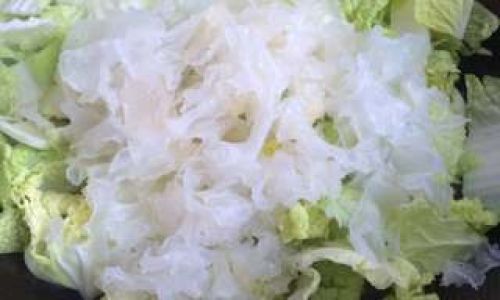
Understanding White Fungus
Before diving into recipes, it’s essential to grasp the basics of white fungus. Native to tropical and subtropical regions, this mushroom thrives on the bark of dead trees, particularly in Asia, the Caribbean, and South America. Dried white fungus is the most common form found in markets, as its dehydrated state preserves its texture and extends shelf life. When rehydrated, it expands significantly, revealing a translucent, flower-like structure with a soft, jelly-like consistency.
Nutritional Profile
White fungus is not only a culinary delight but also a nutritional powerhouse. It is low in calories and rich in dietary fiber, making it an ideal choice for digestive health. Additionally, it contains polysaccharides, antioxidants, and vitamins such as vitamin D and B-complex vitamins. Studies suggest its potential to boost immunity, hydrate the skin, and even support heart health.
Selecting and Storing White Fungus
Purchasing Quality Dried White Fungus
When shopping for white fungus, look for specimens that are pale ivory to light yellow in color. Avoid pieces that appear overly dark, brittle, or fragmented, as these may indicate age or improper storage. Reputable Asian grocers, health food stores, or online retailers specializing in dried mushrooms are reliable sources.
Storage Tips
Store dried white fungus in an airtight container in a cool, dark place. Properly stored, it can last up to two years. Once rehydrated, refrigerate unused portions in a covered container for up to three days.
Preparing White Fungus: A Step-by-Step Guide
Rehydration
The first step in preparing white fungus is rehydration. Place the desired amount of dried fungus in a large bowl and cover it with cold water. Allow it to soak for 4–6 hours, or until fully hydrated and pliable. Avoid hot water, as it can compromise the mushroom’s texture, making it mushy.
Cleaning and Trimming
After rehydration, gently rinse the fungus under cool water to remove any debris or impurities. Using kitchen scissors, trim and discard the tough, yellowish base of each piece. The remaining portions, with their ruffled edges, are ready for cooking.
Cutting and Shredding
Depending on the recipe, you may leave the fungus whole or slice it into thinner strips. For soups or stews, larger pieces retain their shape, while shredded fungus blends seamlessly into desserts or salads.
Cooking Methods and Recipes
White fungus’s neutral flavor allows it to adapt to a wide range of culinary applications. Below are five distinct recipes that highlight its versatility.
Classic Chinese Sweet Soup (Tremella Sweet Soup)
Ingredients
- 1 cup rehydrated white fungus, shredded
- 8 cups water
- 1/2 cup rock sugar (adjust to taste)
- 1/4 cup dried longan or goji berries (optional)
- 1/2 cup fresh or frozen mango cubes (for garnish)
Instructions
- In a large pot, bring the water to a boil. Add the shredded white fungus and reduce the heat to a simmer.
- Cook for 30–45 minutes, or until the fungus turns translucent and softens.
- Stir in the rock sugar and dried longan or goji berries (if using). Simmer for an additional 10 minutes.
- Remove from heat and let cool. Serve warm or chilled, garnished with mango cubes.
Tips: For a vegan version, substitute rock sugar with coconut sugar or maple syrup.
Savory White Fungus and Chicken Soup
Ingredients
- 1 cup rehydrated white fungus, torn into bite-sized pieces
- 1 whole chicken breast, diced
- 6 cups chicken broth
- 1 tbsp ginger, minced
- 1 tbsp soy sauce
- 1 tsp sesame oil
- 2 green onions, sliced (for garnish)
Instructions
- In a stockpot, sauté the ginger in sesame oil over medium heat until fragrant.
- Add the diced chicken and cook until browned.
- Pour in the chicken broth and bring to a boil. Reduce heat and simmer for 20 minutes.
- Add the white fungus and soy sauce. Cook for an additional 15 minutes.
- Serve hot, garnished with green onions.
Variations: Substitute chicken with tofu for a vegetarian option or add mushrooms like shiitake for depth.
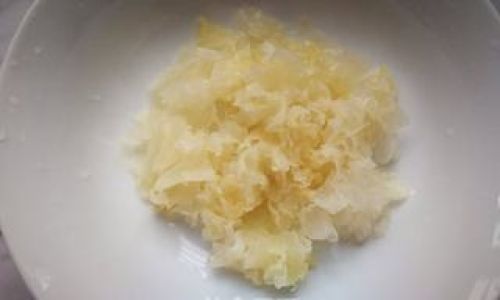
White Fungus and Cucumber Salad
Ingredients
- 1 cup rehydrated white fungus, julienned
- 1 English cucumber, thinly sliced
- 1/4 cup rice vinegar
- 1 tbsp honey
- 1 tsp sesame seeds
- 1/2 tsp red pepper flakes (optional)
Instructions
- In a mixing bowl, combine the julienned white fungus and cucumber slices.
- Whisk together the rice vinegar, honey, and red pepper flakes. Pour over the salad and toss gently.
- Chill for 30 minutes before serving. Garnish with sesame seeds.
Pairing Suggestion: This refreshing salad pairs well with grilled meats or as a light appetizer.
White Fungus Jelly Dessert
Ingredients
- 1 cup rehydrated white fungus, pureed
- 4 cups coconut water
- 1/4 cup agar-agar powder
- 1/2 cup fresh mango, diced
- 1/4 cup kiwi, diced
Instructions
- In a saucepan, combine the coconut water and agar-agar powder. Bring to a boil, stirring until dissolved.
- Stir in the pureed white fungus. Remove from heat and pour into a shallow dish.
- Chill for 2 hours, or until set. Cut into cubes and top with diced mango and kiwi.
Texture Tip: For a smoother jelly, strain the pureed fungus through a fine mesh sieve.
Stir-Fried White Fungus with Vegetables
Ingredients
- 1 cup rehydrated white fungus, shredded
- 1 red bell pepper, julienned
- 1 carrot, julienned
- 1/2 cup snow peas
- 2 tbsp vegetable oil
- 2 garlic cloves, minced
- 1 tbsp oyster sauce
Instructions
- Heat the oil in a wok over high heat. Add the garlic and stir-fry until golden.
- Toss in the bell pepper, carrot, and snow peas. Stir-fry for 3 minutes.
- Add the white fungus and oyster sauce. Cook for an additional 2 minutes.
- Serve immediately with steamed rice.
Pro Tip: For added crunch, sprinkle with toasted cashews before serving.
Expert Tips for Perfect White Fungus Dishes
- Texture Control: Overcooking white fungus can make it gummy. Simmer gently to maintain its delicate consistency.
- Flavor Pairing: White fungus absorbs flavors well. Pair it with aromatic ingredients like ginger, garlic, or herbs.
- Presentation: Its translucent appearance adds visual appeal. Use it in layered desserts or clear soups for a striking effect.
- Substitutions: In a pinch, substitute dried white fungus with fresh, but adjust cooking times accordingly.
Health Benefits and Cultural Significance
In traditional Chinese medicine, white fungus is prized for its ability to moisturize the lungs, soothe coughs, and promote youthful skin. Modern research corroborates these claims, attributing its benefits to its high polysaccharide content, which supports collagen production and hydration.
Culturally, white fungus symbolizes purity and longevity, often served during festive occasions like weddings and Lunar New Year celebrations. Its inclusion in desserts reflects a desire for sweetness and prosperity in the coming year.
Conclusion
White fungus is a testament to the marriage of culinary artistry and holistic wellness. Whether simmered into a comforting soup, tossed into a vibrant salad, or transformed into a silken dessert, this humble mushroom elevates any dish with its unique texture and health-promoting properties. By mastering its preparation, you unlock a world of possibilities, bridging tradition and innovation in every bite.
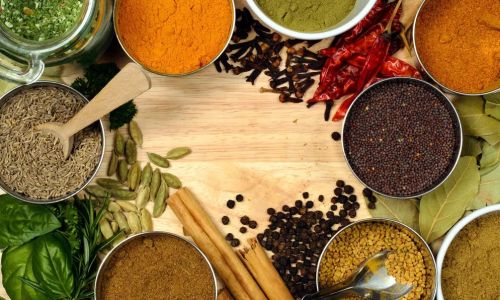
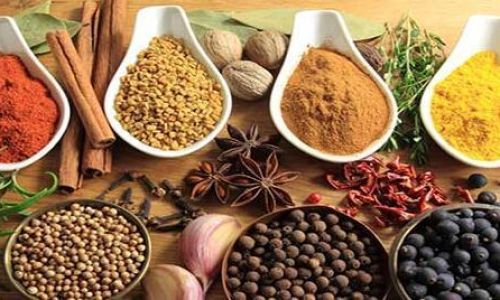
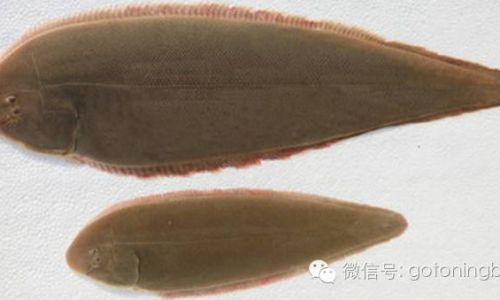
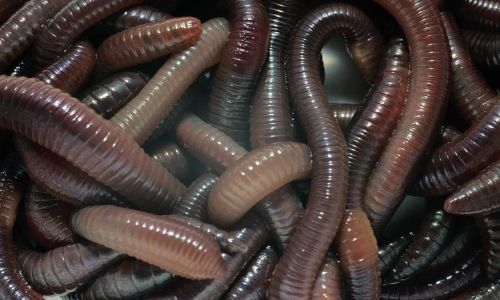
0 comments